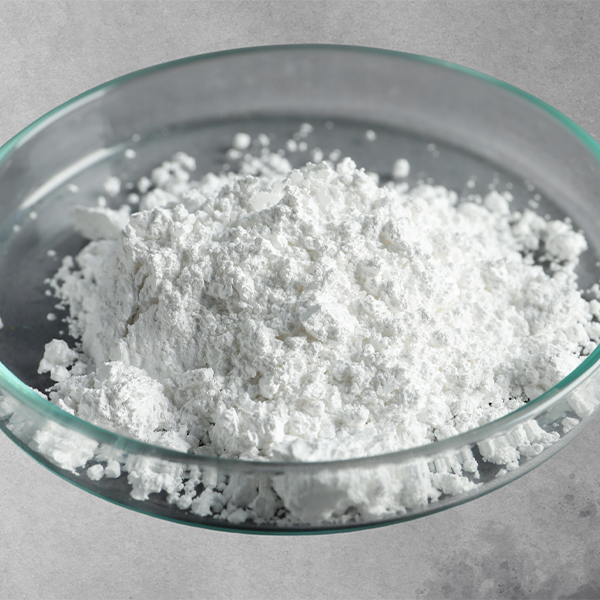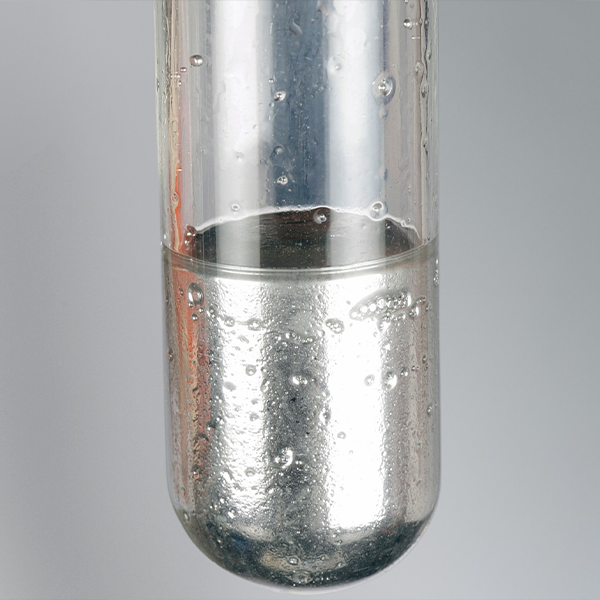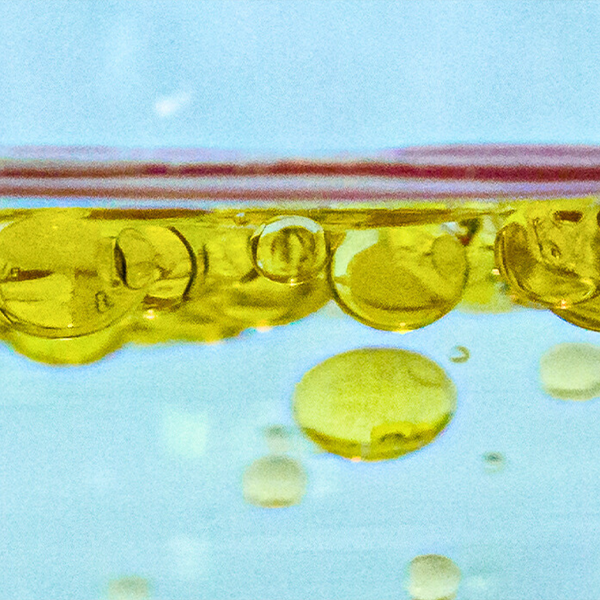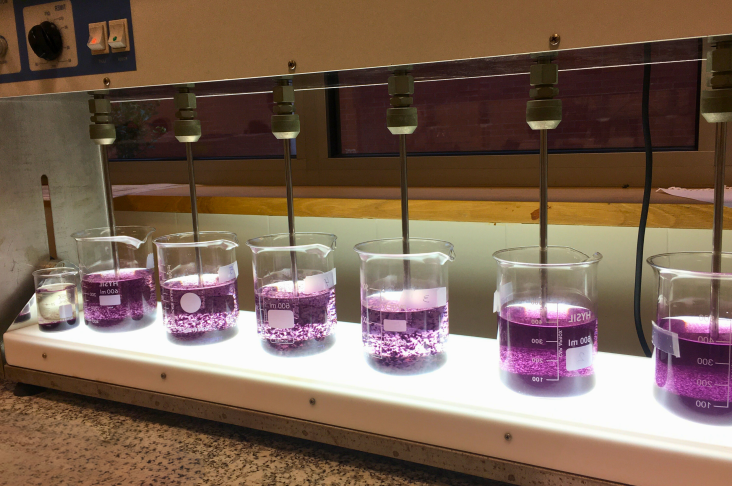Within physicochemical treatment processes, in addition to conventional coagulants, color removal (decolorant) chemicals are also used for eliminating color from industrial wastewater containing dyes. These chemicals are polymer-based and can be cationic, anionic, or non-ionic in structure. Color removers, which are organic polymeric coagulants with high decolorization efficiency, are most commonly applied in the treatment of textile wastewater to remove dye pigments. Along with color removal, they also significantly reduce COD (Chemical Oxygen Demand), turbidity, and TSS (Total Suspended Solids).
While the primary application areas of color removers are textile wastewater and leachate, they are also effective in the wastewater of industries such as metal, food, chemical, beverage, mining, leather, petroleum, paper, and organized industrial zones. In Turkey, color removal chemicals have increasingly been adopted in recent years in wastewater treatment plants, particularly for meeting discharge color standards in textile wastewater treatment. Data obtained from many facilities confirm that color removers provide highly effective results in color removal.










